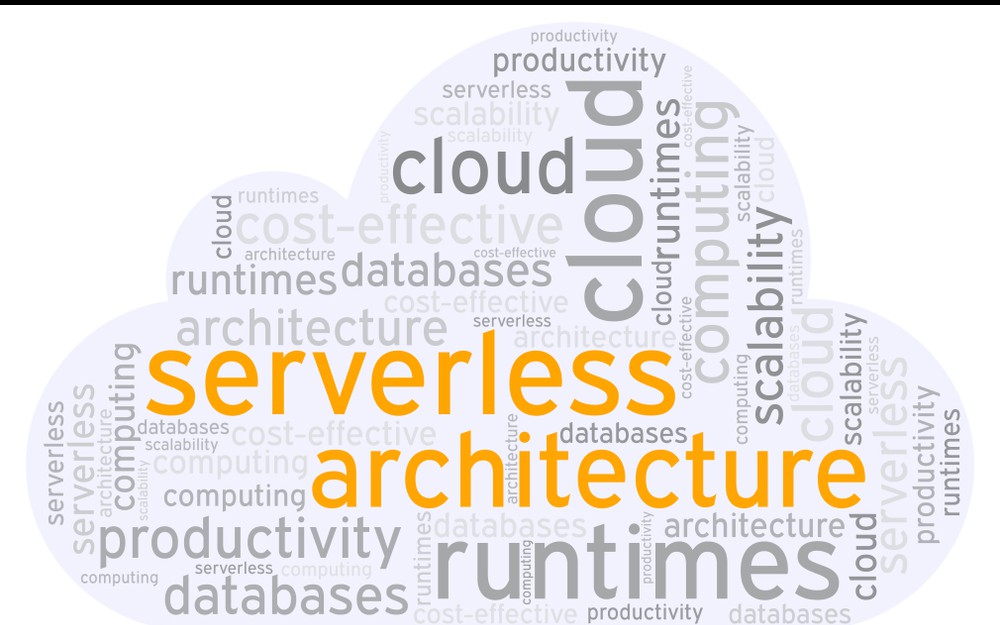Serverless computing is at the precipice of enterprise shift towards containers and microservices. 2021 presents some exciting opportunities to finally board the ship.
Serverless computing is redefining the way organizations develop, deploy, and integrate cloud-native applications. According to an industry report, the market size of serverless computing is expected to reach 7.72 billion by 2021. A new and compelling paradigm for the deployment of cloud applications, serverless computing is at the precipice of enterprise shift towards containers and microservices.
In the year 2021, the serverless paradigm shift presents exciting opportunities to organizations by providing a simplified programming model for creating cloud applications by abstracting away most operational concerns. Major cloud vendors Microsoft, Google, and Amazon are already in the game with their respective offerings and there is no reason you shouldn’t board the train.
The ‘‘Pay-as-you-go’’ Backend
Serverless computing turns the backend into a ‘pay-as-you-go’ service, which means you are only billed when somebody accesses one of your backend services. Moving your backend from a server-full to serverless computing is like switching your data plan from monthly to per-byte billing.
The phrase ‘server less’ is a little ambiguous because at the end of the day backend services are still hosted on a server somewhere. In serverless computing, the server storage and infrastructure affairs are conducted by the vendor so that developers don’t have to get into server chatters.
2021 Is the Year of FaaS
All major providers of serverless computing offer several types and tiers of database and storage services to their customers. In addition, all major cloud players such as Amazon, Microsoft, and Google offer Function-as-a-Service (FaaS) platforms with their serverless offerings.
Function-as-a-Service (FaaS) is a ‘serverless’ way to run modular bits of code on the network edge. FaaS allows developers to write and deploy a piece of code anytime, which can then be run upon event triggers. An event could be a user clicking _Submit _at the bottom of a web form. Serverless computing makes it easy to scale your application and is a cost-effective way to deploy microservices.
With FaaS, developers can build applications in a modular architecture, making the application code more scalable without having to devote resources to supporting the underlying backend.
#serverless #aws lambda #azure functions #serverless adoption #function as a service
